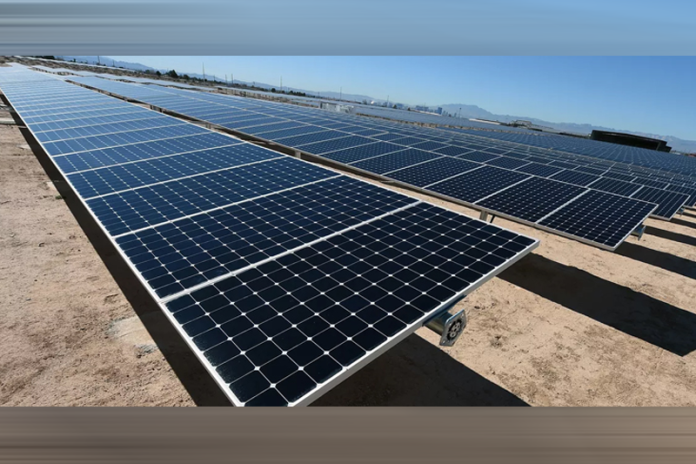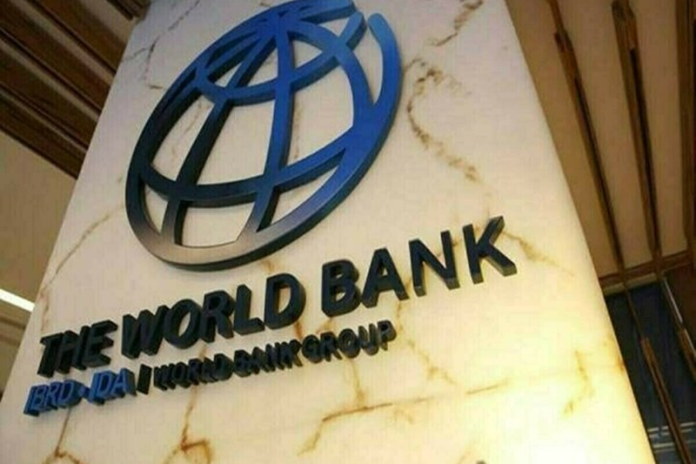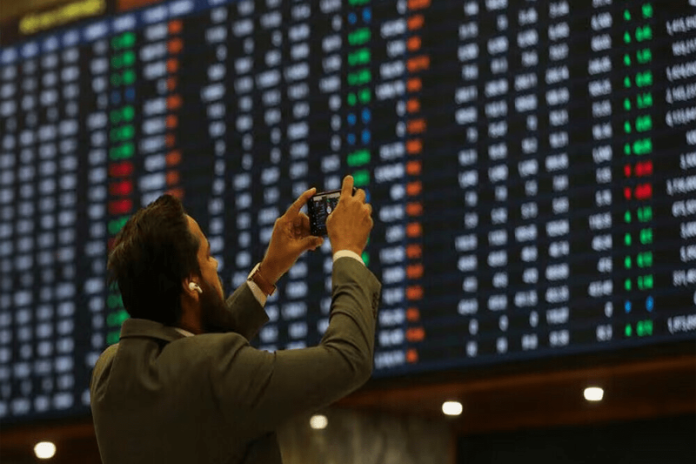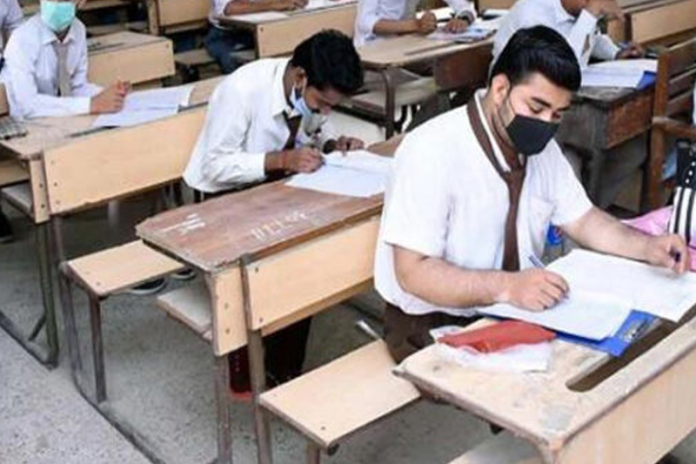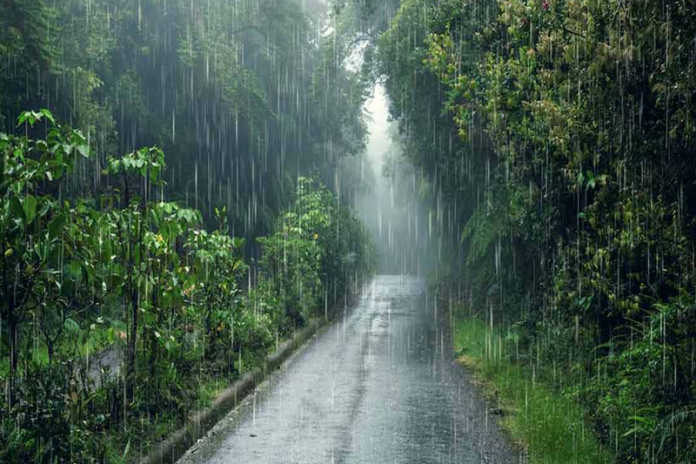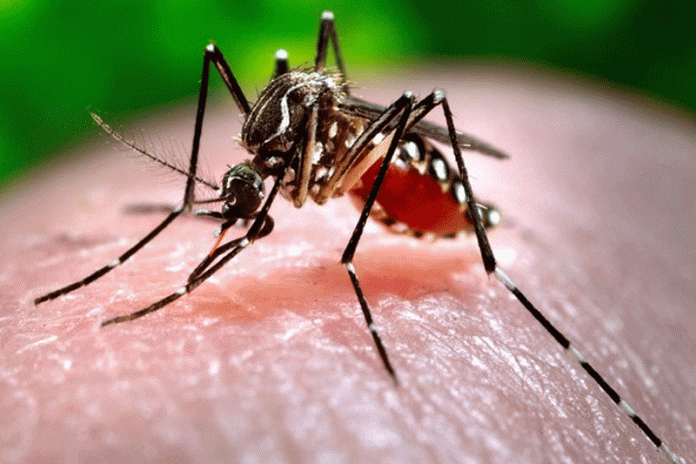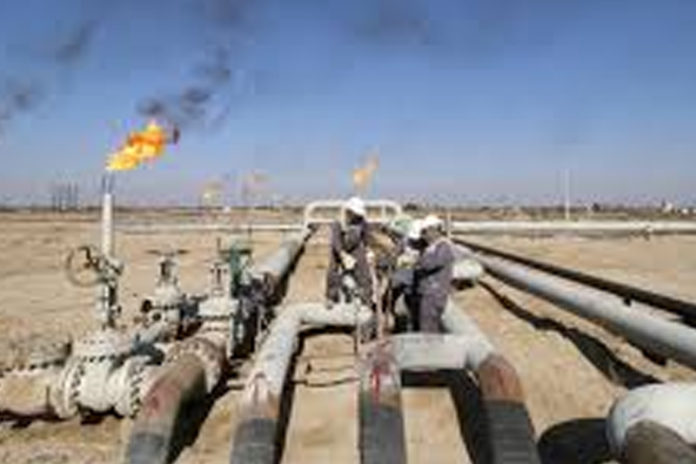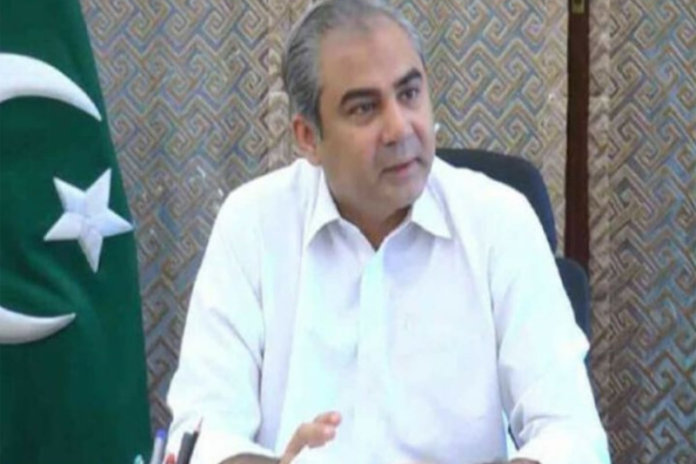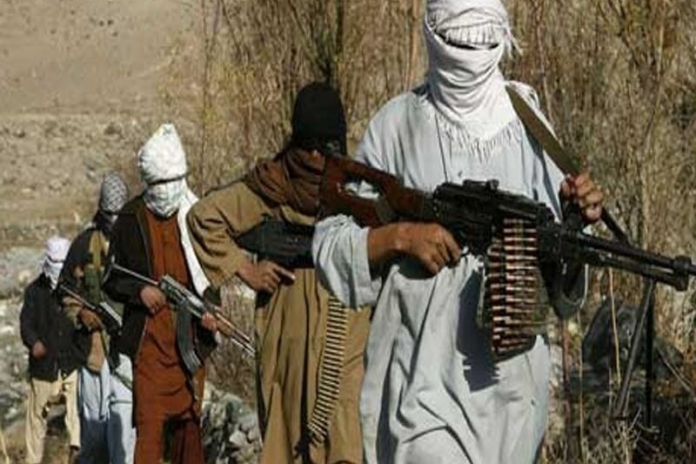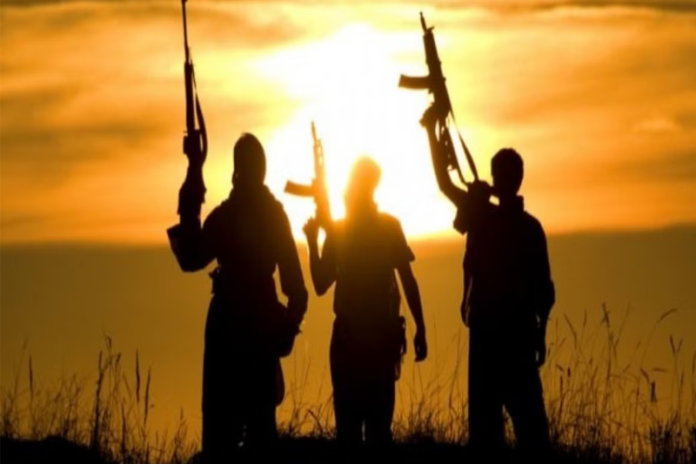The Start of the Silverwood and Palisades Fires
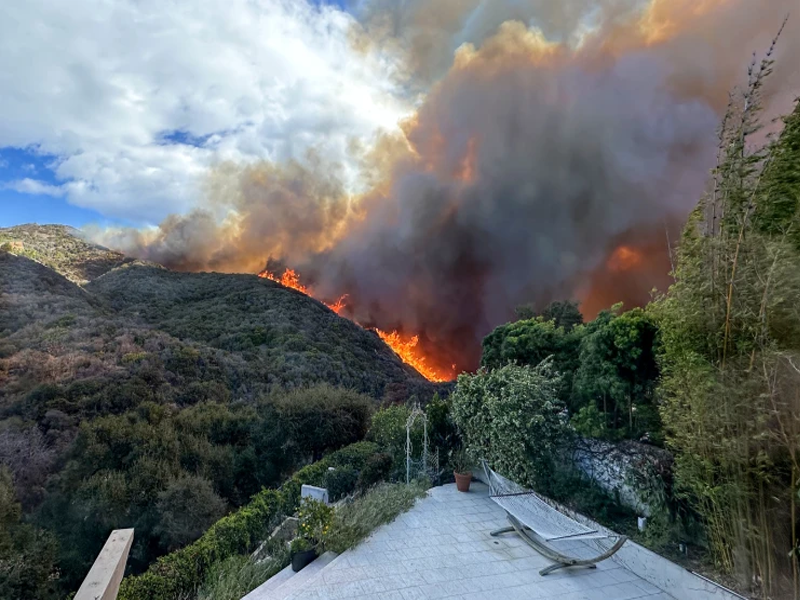
- 175
- 0
Day 1: January 5, 2025
On January 5, 2025, the Silverwood Fire and the Palisades Fire both broke out in different regions of Los Angeles County, marking the beginning of a devastating wildfire crisis that would escalate rapidly.
The Silverwood Fire ignited in the San Fernando Valley, while the Palisades Fire, a much larger and more threatening blaze, began in the Santa Monica Mountains near the upscale Pacific Palisades neighborhood. The combination of dry vegetation, strong winds, and hot temperatures allowed both fires to grow at an alarming rate. As the day progressed, winds picked up in intensity, feeding both fires. By the evening, the Palisades Fire had already expanded significantly, and authorities began to issue evacuation orders for nearby areas, including parts of Pacific Palisades and Topanga Canyon.
Day 2: January 6, 2025 - Escalating Threat and Widespread Evacuations By January 6, the fires had grown more out of control. The Silverwood Fire had already burned through over 5,000 acres, but it was the Palisades Fire that truly dominated the headlines. The Palisades Fire grew to over 15,000 acres in just 24 hours, moving steadily eastward. Evacuation orders were expanded to include larger swaths of Brentwood, Encino, and Westwood as the fire threatened to engulf some of Los Angeles' most affluent and densely populated areas. The fire also prompted major closures on highways, including Interstate 405 and State Route 101, as thick smoke and the fire's proximity made it too dangerous for commuters. The scale of destruction was already significant, and firefighters were struggling to contain the blaze due to the combination of high winds (up to 50 mph), low humidity, and an ongoing drought that had left vegetation extremely dry and highly flammable.
Day 3: January 7, 2025 - Widespread Destruction and Rising Casualties On January 7, the Palisades Fire continued to worsen, now spreading over 25,000 acres. The winds, combined with the fire's unrelenting pace, made firefighting efforts nearly impossible. By now, the fire had claimed more than 16 lives, with firefighters, first responders, and residents among the casualties. As more than 12,000 structures were either damaged or destroyed, the crisis intensified, and rescue teams began working around the clock to find survivors. In the San Fernando Valley, the Silverwood Fire had burned over 10,000 acres, further exacerbating the region's already difficult situation. Thousands of homes, primarily in Granada Hills, Sylmar, and Pacoima, were lost to the flames. Entire communities were left in ruins, and survivors were forced into evacuation shelters set up across the region. The Palisades Fire, with its massive size and rapid movement, posed an immediate danger to Brentwood, Westwood, and parts of Santa Monica. Authorities issued widespread evacuation orders, and schools, businesses, and government offices closed as the fire came closer to more urban areas. The L.A. Fire Department reported that less than 15% of the Palisades Fire had been contained by the evening of January 7, as flames spread across critical infrastructure, including the Pacific Coast Highway and residential areas.
Day 4: January 8, 2025 - A City in Crisis On January 8, the Palisades Fire reached 35,000 acres and was still spreading eastward toward neighborhoods such as Beverly Hills, Westwood, and Century City. The fire showed no signs of slowing down as it moved closer to downtown Los Angeles, sparking fears that the region's most populous areas could be at risk. The L.A. County Fire Department, aided by out-of-state resources, continued to battle the blaze, but the overwhelming scale of the fire left much of it uncontrolled. The death toll rose to 16 as first responders reported multiple fatalities from both the fire and subsequent evacuation-related incidents. Many of those who lost their lives were residents of the neighborhoods that were directly impacted by the flames, with several firefighters also among the dead. The damage to critical infrastructure was immense, and the fire had already destroyed at least 12,000 structures, including homes, businesses, and schools. Authorities estimated that 50,000 residents across Los Angeles County were now under evacuation orders due to the growing intensity of the fires. The smoke from the fire reached as far as Orange County and parts of Riverside County, causing hazardous air quality in a large portion of Southern California. Schools were closed across the region, and hospitals reported a spike in admissions for respiratory issues related to smoke inhalation.
Day 5 to Day 7: Rampant Destruction and Limited Containment By January 9, the Palisades Fire had surged to 45,000 acres, with only 30% containment. The fire continued to threaten high-density areas like Encino, Brentwood, and Westwood, all of which were under new evacuation orders as the fire advanced. The Silverwood Fire, meanwhile, had scorched 25,000 acres, but due to focused containment efforts, it was slightly more contained, with 35% containment. Both fires wreaked havoc on Los Angeles' infrastructure, destroying thousands of homes, businesses, and public buildings, including fire stations and emergency response centers that were central to the city's ability to cope with the disaster. Many residents of affected areas found themselves without power or access to basic services, further complicating recovery and relief efforts. The LAFD worked tirelessly to evacuate vulnerable populations, including elderly residents, people with disabilities, and those with respiratory conditions, who were most at risk from the fire's toxic smoke. National Guard troops were deployed to assist with evacuation, helping to create safe passage routes and distributing emergency supplies to shelters.
Day 8 to Present: Ongoing Crisis and Recovery Challenges As of January 12, the Palisades Fire has now burned over 50,000 acres and is still only 40% contained, though efforts have been made to slow its progress. The death toll has risen to at least 16 people, with many still unaccounted for in the hardest-hit areas. At least 12,000 structures have been destroyed, including homes, businesses, schools, and cultural landmarks. The impact on the Los Angeles area is nothing short of catastrophic, and it will likely take years for the city to fully recover. The L.A. Fire Department is continuing to battle both fires with all available resources, but fire officials acknowledge that conditions remain volatile. The Palisades Fire is still spreading eastward, with the threat to Westwood, Beverly Hills, and Hollywood still looming. While the Silverwood Fire is less of an immediate threat to urban centers, the destruction it has caused in more rural areas has been profound, with residents now facing a long recovery process. Evacuation orders have affected more than 70,000 residents, with shelters set up throughout the city. Emergency response teams are working around the clock to coordinate recovery efforts, including delivering food, water, and medical supplies to those displaced by the fires. The Red Cross and local nonprofits are playing a vital role in providing shelter and relief, though many evacuees are left with few resources to rebuild their lives. In addition to the immediate devastation, the fires have underscored the growing risks of climate change and the need for more effective disaster preparedness and fire management in Los Angeles. Local officials have vowed to review the city's fire codes, evacuation strategies, and urban planning policies to ensure that the region is better equipped to handle future disasters. Climate experts and activists are also calling for greater investment in climate adaptation measures to prevent the worsening effects of wildfires in the coming years. Looking Ahead: Recovery and Rebuilding While Los Angeles continues to battle these catastrophic wildfires, the long road to recovery and rebuilding has already begun. The Palisades Fire and Silverwood Fire serve as painful reminders of the increasing threats posed by climate change. The city faces a challenging future as it works to rebuild communities, provide support to displaced residents, and enhance its capacity to mitigate the growing risk of such disasters. The coming weeks and months will be crucial in determining how effectively the city can mobilize resources, support its most vulnerable populations, and implement long-term strategies to reduce the risk of future wildfires. This ongoing crisis will likely reshape the way Los Angeles addresses climate resilience, housing, and urban planning moving forward.













